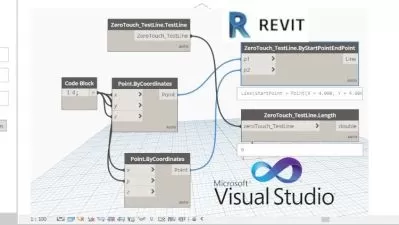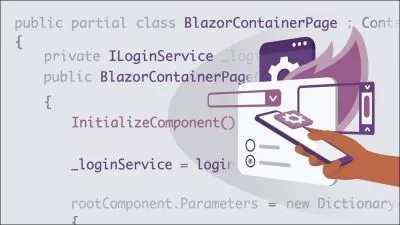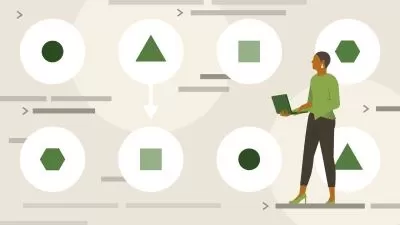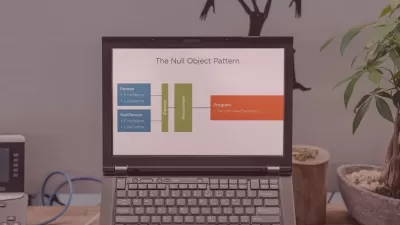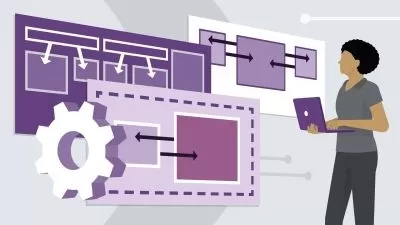C# 10 Design Patterns
Kevin Dockx
6:58:20
Description
This course will teach you how to improve code base by using tested and proven object-oriented design patterns.
What You'll Learn?
Every code base can be improved. In this course, C# 10 Design Patterns, you’ll learn what design patterns are. First, you’ll learn how to vastly improve your code base by applying 23 different design patterns. Next, you'll discover the means of handling all sorts of challenges. Finally, you'll explore various use cases for these various design patterns. When you’re finished with this course, you’ll have the skills and knowledge to use state of the art design patterns in C# 10 to improve your code base.
More details
User Reviews
Rating
Kevin Dockx
Instructor's Courses
Pluralsight
View courses Pluralsight- language english
- Training sessions 212
- duration 6:58:20
- level advanced
- English subtitles has
- Release Date 2023/12/14






